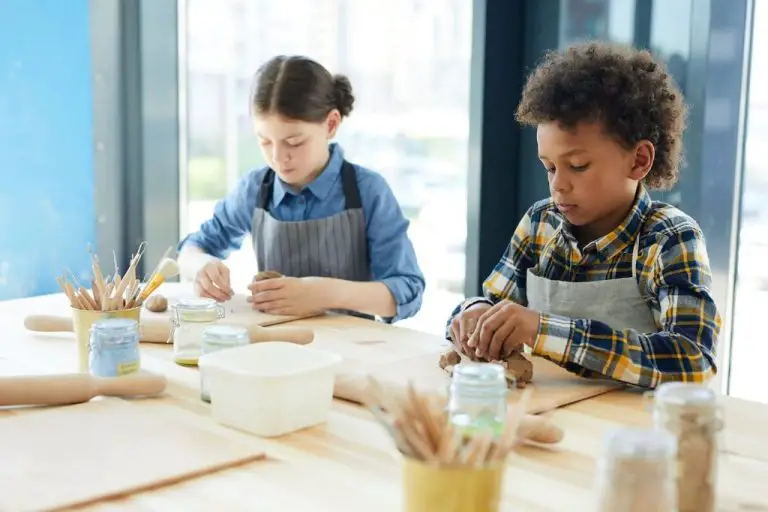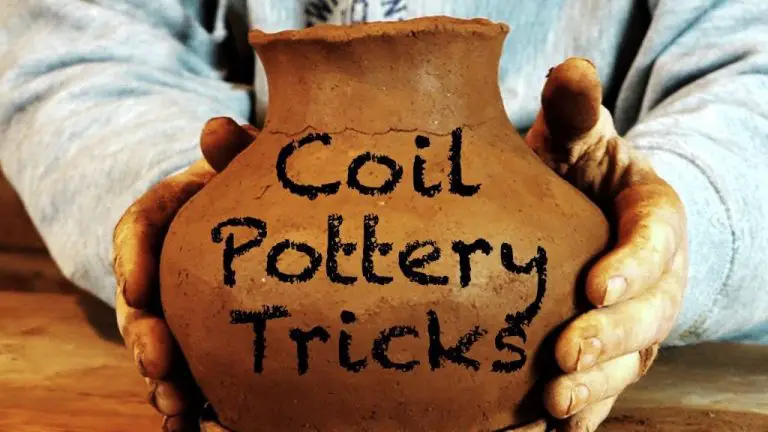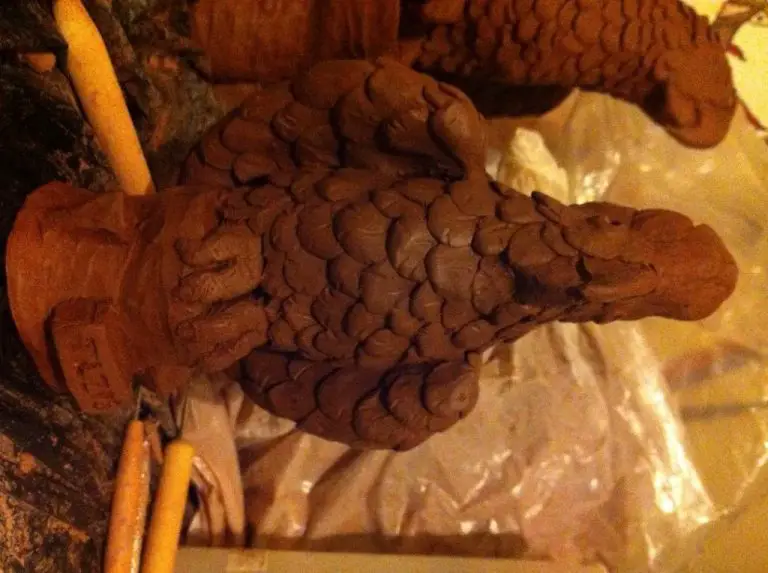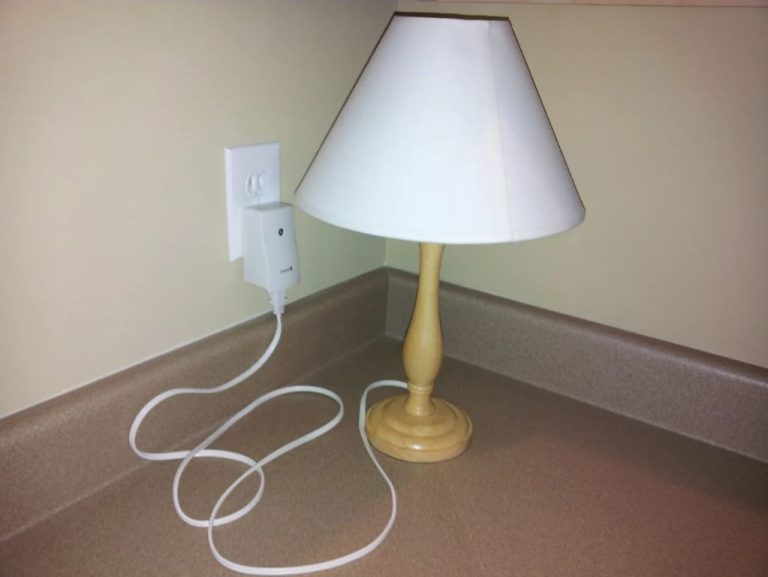Clay Art Adventures For Kids: Discovering Creativity
Clay art provides a fun, creative outlet for kids to express themselves. Working with clay allows children to develop fine motor skills, hand-eye coordination, and spatial reasoning as they shape, mold, and sculpt the clay. The tactile experience stimulates young minds and inspires imagination. Clay art also teaches kids to follow step-by-step instructions, problem solve, and develop patience and focus as they work on their creations. This guide will cover the basics of clay art for kids, including the benefits, required supplies, techniques for working with clay, sample projects, tips for nurturing creativity, safety considerations, and how to organize and display finished pieces. Parents and educators alike will find inspiration and ideas to engage kids in the wonderful world of clay.
Playing with clay offers many benefits for children. Molding clay is known to improve dexterity, eye-hand coordination, and fine motor skills. The tactile experience also boosts sensory development. Working creatively with clay builds confidence as children problem-solve and make independent choices to build unique projects. Clay stimulates curiosity and leads to critical thinking. Displaying finished pieces also gives kids a sense of pride and accomplishment. With supervision and a few simple safety precautions, clay art can be an engaging, educational and enriching activity for children.
Types of Clay
There are a few different types of clay that are commonly used for kids’ art projects. Some key types to be aware of include:
Playdough
Playdough is a popular modeling compound made from flour, salt, water, and coloring. It’s easy to mold and shape, but not permanent. Playdough easily dries out when exposed to air. It’s a good choice for freeform sculpting and imaginary play (EduArt4Kids).
Polymer Clay
Polymer clay is made from PVC, allowing it to be molded and baked to set it permanently. Popular brands like Sculpey and Fimo come in lots of colors. Polymer clay doesn’t dry out and allows for very detailed sculptures and jewelry making (Shreeram Kaolin).
Modeling Clay
Modeling clay is an oil-based clay that doesn’t harden. It provides a smooth, soft texture for shaping. Modeling clay sculptures don’t maintain their shape as well over time. Clean up can also be messy compared to other clays.
Air-Dry Clay
Air-dry clay hardens naturally when exposed to air, no baking required. Kids can shape air-dry clay creations and they’ll set permanantly once dry. Brands like Crayola Model Magic are non-toxic and easy to use.
The right type of clay depends on the project, desired longevity, and mess factor. Polymer clays allow for durable finished pieces but can get pricey. Playdough is great for imaginary play while air-dry clays make lasting sculptures. Provide a variety and let kids explore which types inspire their creativity.
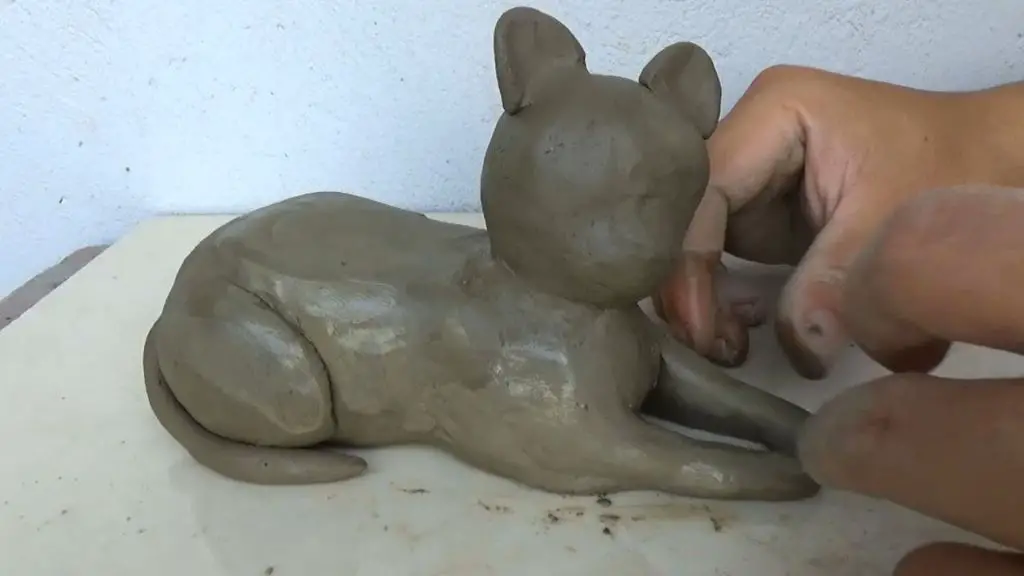
Clay Art Supplies
Having the right clay art supplies allows kids to fully explore their creativity and make detailed sculptures. The most essential supplies are the clay itself and tools to shape and mold it. Popular clays for kids include Sculpey, Crayola Model Magic, and natural clay like potter’s clay. Look for clay that is soft and pliable but also holds its shape once molded. Air dry clay is convenient since sculptures dry at room temperature without needing to be baked.
Other key sculpting tools include clay cutting wires, sculpting knives, rollers, clay extruders, stamps, and molds. Molds provide shapes like animals or geometric designs for kids to press clay into. Stamps can imprint textures and patterns. Clay extruders push out noodles and tubes of clay. Paints, glazes, and brushes allow decorating finished pieces. Acrylic paints work best on cured clay. Water-based glazes add shimmery finishes after baking clay creations. Soft bristle brushes avoid marring delicate clay surfaces.
Look for all-inclusive clay kits for kids that contain clay, sculpting tools, paints, and brushes together in one convenient set. Or purchase individual supplies a la carte to customize and build up a clay toolbox over time.
Clay Art Techniques
There are several fundamental clay art techniques that are great to teach kids. These provide a solid foundation for working with clay and developing creativity. Some key techniques include:
Sculpting
Sculpting involves shaping clay freehand to create 3D forms like animals, people, or abstract shapes. Kids can roll snakes, balls, coils and other forms to build up their sculpture piece by piece (Eduart4kids, 2008). Sculpting encourages imagination and bringing ideas to life.
Coiling
Coiling involves rolling clay into long rods or coils, then stacking them to build vertical structures. Coils can be used to make bowls, vases, pots, and more. Coiling helps develop fine motor skills as kids carefully roll and stack each coil (Howwemontessori, 2022).
Slab Building
Slab building uses flat “slabs” of clay assembled into forms. Kids can roll out clay into a flat slab, then cut shapes using cookie cutters or their hands. The shaped slabs can be assembled into 3D creations by attaching them at edges. Slab building develops planning skills.
Pinch Pots
Pinch pots involve pinching and pressing clay with fingers and thumbs to form a basic pot shape. Kids start with a ball of clay and use thumb indentations on the top and fingers pinching the bottom to create a hollow form. Pinch pots teach fine finger dexterity.
Imprinting
Imprinting presses objects into clay to leave an imprinted pattern or texture. Kids can press items like shells, leaves, buttons, or rubber stamps into clay. Imprinting encourages creativity in embellishing clay creations.
Clay Art Projects
Clay is an incredibly versatile material for kids to work with. From sculpting animals and masks to making functional items like bowls and magnets, clay encourages creativity and imagination. Here are some fun clay art project ideas kids will love:
Sculpting animals out of clay is a classic kids activity. Let them create their favorite real or fantasy creatures like dogs, cats, dinosaurs, dragons, unicorns, and more. Guide them in using basic shaping and texturing techniques to bring their sculptures to life. (1)
Mask making allows kids to design their own unique characters. Have them mold the basic mask shape from clay, then add expressive features like exaggerated noses, funny mouths, big eyes and wild hair. They can invent imaginative personas through their clay mask creations.
Coiling is an easy clay technique for forming basic pots and bowls. Have kids roll clay coils then lay them vertically around a base to build up their bowl shape. Show them how to blend the coils together to finish the rounded bowl form. Let them decorate patterns on their clay bowls too.
Kids can make their own customized magnets or jewelry from clay. Simple shapes like circles, hearts or stars work well. Add fun texture using clay tools or household items like buttons or sequins. Make a hole before baking and insert a magnet back or string. Bake until hard and let them paint their clay creations.
With just a bit of clay and some basic techniques, kids can sculpt and mold amazing creations and explore their creativity through hands-on art making. Guiding them as they gain clay skills opens up many possibilities for clay projects they’ll be proud of. (2)
Developing Creativity
Working with clay allows children to tap into their imagination and be endlessly creative. As they sculpt figures, make pots, and construct buildings, kids are able to bring their ideas to life in 3D. This process stimulates creative thinking and problem-solving as they figure out how to turn their mental visions into physical creations.
Clay art also helps develop fine motor skills. Kneading, rolling, smoothing, and molding clay engages the small muscles in children’s hands and fingers. The tactile nature of shaping clay boosts hand-eye coordination and dexterity. As motor skills improve through practice, kids gain greater control and can produce more intricate clay artwork.
According to Golden Road Arts, clay stimulates the imagination in a unique way. Its pliability allows for free-form creativity, discovery, and problem-solving. Children learn persistence as they recreate designs that collapse. The process itself becomes an adventure.
Clay art for kids provides an open-ended experience where they can explore ideas, experiment, and hone skills. Most importantly, it taps into their natural creativity and allows imaginations to soar.
Clay Art Safety
When engaging in clay art activities, it’s important to keep safety in mind, especially when working with children. Proper supervision is key to preventing injuries or accidental ingestion of clay materials. Adult supervision should be maintained whenever kids are handling clay. Additionally, avoid using any clay containing toxic materials like lead. Opt for air-dry or low-fire clay that is non-toxic. Properly store clay in sealed containers out of reach of small children and pets when not in use. Work surfaces should be covered to avoid contamination and allow for easy clean-up. Make sure kids wash hands thoroughly after working with clay. Avoid clay dust inhalation by working in well-ventilated areas. With some basic safety practices, creating with clay can be an enjoyable and creative experience for kids.
According to ClayArtSafety.com, “Make sure to store clay out of reach of small children and pets. Clay can be dangerous if ingested in large quantities.” And ArtOfEducation.edu recommends proper adult supervision, stating “Younger students will require more supervision and assistance when handling clay.”
Displaying Clay Creations
Once your kids have created their clay masterpieces, you’ll want to proudly display their artwork around your home. Here are some creative ideas for showcasing their clay creations:
Shelves are a great way to display a collection of items together. For clay art, try a set of wall-mounted shelving or floating shelves. Arrange pieces by color, shape, or theme. Make sure shelves are deep enough to accommodate 3D clay sculptures. Add risers or small boxes to create different height levels for interest.
Shadow boxes allow you to display clay art in an enclosed frame, keeping Sculptures safe while still visible. Look for deep shadow boxes to accommodate the depth of clay pieces. Use neutral colored boxes or paint them to match your home’s decor. You can also decorate the inside background of shadow boxes with wrapping paper, fabric or wallpaper for a pop of color.
Proper lighting can make clay artwork shine. Overhead recessed lighting or track lighting work well for illuminating shelves. For shadow boxes, look for adjustable lights that can be positioned to highlight items inside the box. Go for bright, natural lighting like daylight bulbs to show off the colors and textures of the clay.
Organizing a Kids Clay Party
Throwing a clay art party for kids is a fun and creative way to celebrate a birthday or other special occasion. Here are some tips for organizing a memorable kids clay party:
Invitations
Create cute clay-themed invitations to get guests excited. Mail sculpted clay invitations or make digital invitations using clay photos. Include details like “get ready to get messy!” so kids know what to expect.
Activities
Plan hands-on clay projects that will engage kids’ creativity. Provide air-dry clay and modeling tools and let them sculpt freely. Or organize structured projects like making clay animals, bowls, or beads. Activities can be guided by a pottery teacher or parent for more learning.
Food
Choose snack foods that complement the clay theme like dirt and worms pudding cups or doughnut hole “pottery.” Set up a clay-colored cake or cupcakes decorated with clay sculptures. Serve drinks in hollowed-out bowls or mugs crafted during the party.
Favors
Give party guests clay favors to take home like custom clay jewelry, mini clay sculptures, or molded clay frames. Put together clay favor bags with air-dry clay, clay tools, and paints so kids can continue creating. Gift handmade clay masterpieces made by the birthday kid.
With thoughtful invitations, fun clay activities, creative snacks, and clay favor bags, your kids clay art party will be a memorable creative adventure for all!
Conclusion
Clay art offers an exciting creative outlet for kids to express themselves and develop artistic skills. With basic supplies like clay, tools, paints, and glazes, kids can sculpt animals, make functional pots, design jewelry, and more. The tactile experience of working with clay boosts fine motor skills, spatial reasoning, and confidence. Displaying finished pieces proudly shows off kids’ hard work and boosts self-esteem.
Clay art helps kids gain confidence in their natural creativity. There are endless possibilities for clay projects that suit any interest or skill level. Guiding kids as they plan, sculpt, and decorate develops problem-solving abilities. Let them take the lead on deciding what to make and how to decorate it. The messiness and imperfection of clay allows for open-ended fun without pressure. Focusing on enjoying the process rather than achieving perfection encourages creativity to flourish.
Consider organizing a clay party where kids can collaborate on projects and learn from each other. Set up stations for sculpting, decorating, and displaying. Provide inspiration with books on clay techniques or examples of finished pieces. Capture photos of kids’ artwork to compile into a Clay Creations book. Display finished pieces around the home or gift clay art to family and friends. Most importantly, let kids know their creations are valued – regardless of the final outcome.
Clay art adventures unlock creativity, build confidence, and provide lasting memories. Guiding kids on this artistic journey is a joy. With some clay, tools, and encouragement, kids can discover their inner sculptor and a lifetime appreciation for creating art.

